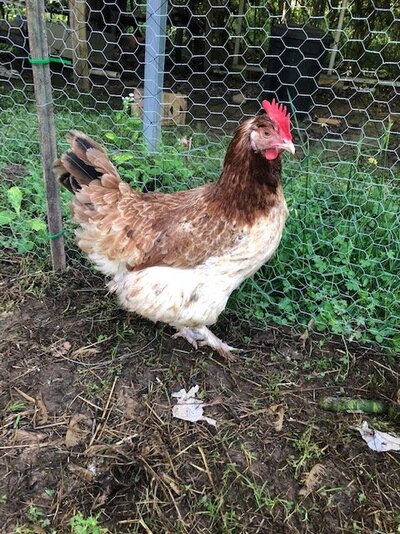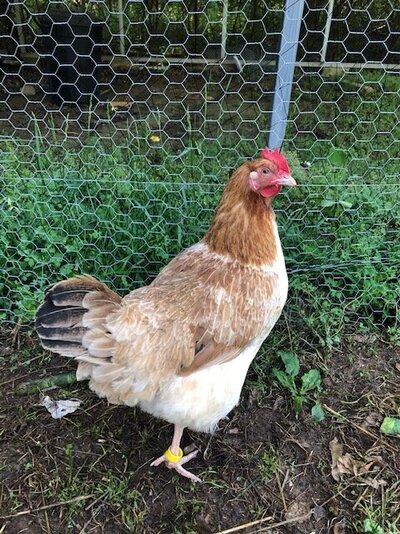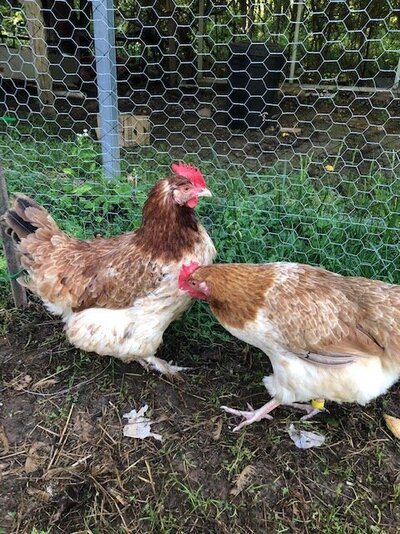I am extremely new to chickens and I have a hen, who bless her heart, looks like she has been caught in a tornado. She has what appears to be a lot broken feathers. She looked like this prior to my getting her two weeks ago so I don't know that the bullying she has been getting is the main cause. I have searched her for any signs of mites or lice - none that I can tell. Every other bird in my flock has a beautiful sleek coat of feathers. She, on the other hand, seems to have several sparse to bald spots but not irritated? I have no clue if she is or was molting. She is laying but not daily (that's a whole other issue). I have kept her separated from the bullies and am trying to slowly integrate them but my word this poor thing looks pitiful!!! The first picture is Ethel (the hen in question). The second picture is Lucy. Of course the third is the two together. You can see the stark contrast in their feathers. Wondering if there's something more I need to be doing.
Their diet is 16% layer crumbles daily.
A little scratch each day more to prevent the boredom. And oyster shells are out constantly.
Any thoughts?
Their diet is 16% layer crumbles daily.
A little scratch each day more to prevent the boredom. And oyster shells are out constantly.
Any thoughts?






